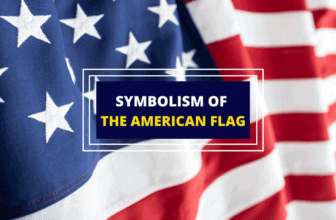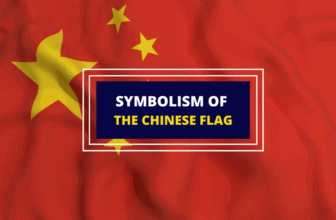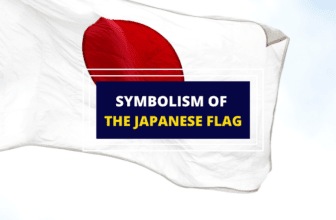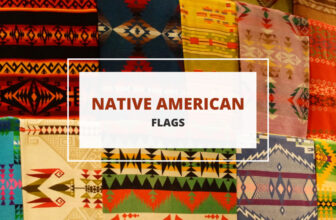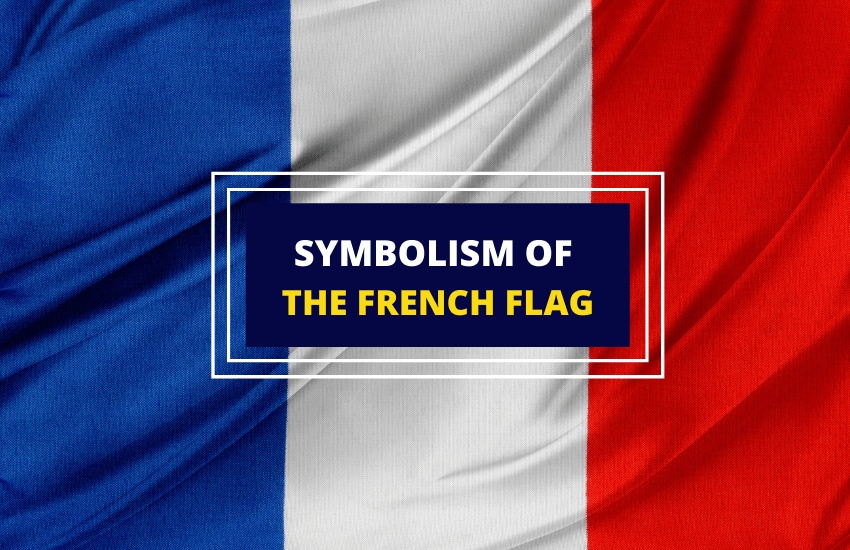
Table of Contents
While the main colors of the French flag are similar to those of the British and American flag, its red, blue, and white stripes represent something entirely different. Numerous interpretations of what each color means have popped up throughout the years, but its iconic status in European history is nothing short of fascinating. Read on to find out what the French Tricolor represents and how its design evolved over the years.
The History of the French Flag
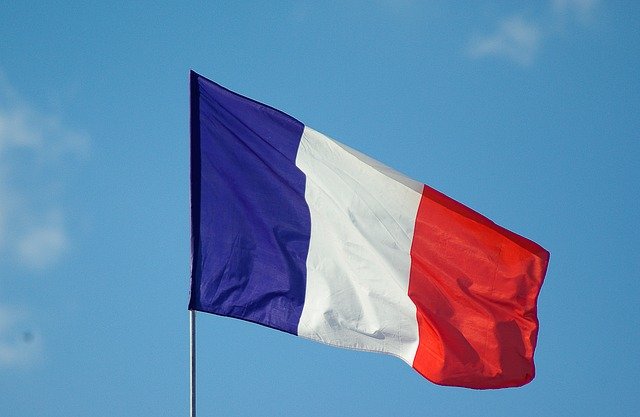
The first banner of France was used by king Louis VII when he left for a crusade in the year 1147. It looked similar to his coronation clothes as it had a blue background with several golden fleur-de-lis scattered all over it. The flowers symbolized the help given to the king by God as he fought for Jerusalem. Eventually, King Charles V reduced the fleurs-de-lis to three to symbolize the Holy Trinity.
By the 14th century, white had become the official color of France. The fleurs-de-lis were eventually replaced by a single white cross, which continued to be used in the flags of the French troops.
On October 9, 1661, an ordinance formally adopted the plain white ensign for use in warships. In 1689, a new order hailed the blue ensign with a white cross and France’s coat of arms at the center became the Royal Navy’s official flag for trade.
During the French Revolution of 1789, a new version of the national flag was created. It featured the three different colors of red, white, and blue, said to symbolize the ideals of the revolution – equality, liberty, and fraternity. After Napoleon was defeated, the plain white flag was briefly used, but another revolution permanently brought the Tricolor back.
During the French Revolution, the Tricolor flag was not displayed much. However, its revolutionary connotation was deeply etched into French history. It has remained France’s national flag ever since the July Revolution, also known as the French Revolution of 1830.
The Flag of Free France
During World War II, Nazi Germany invaded France. This forced the French government into exile and restricted French sovereignty to the south of France. This new Vichy government cooperated with Nazi Germany. However, Charles de Gaulle, a French parliamentarian, managed to escape to England and start the government of Free France. They had little control over their homeland, but they played a central role in the resistance movement.
Before the Free French participated in D-Day and Paris’s liberation, they regained control over their colonies in Africa first. Their flag bore the Cross of Lorraine, which was considered an important symbol of the flag of Free France because it counteracted the Nazi swastika.
When the Vichy government collapsed and the Nazi forces left the country, Free France formed a provisional government and adopted the Tricolor as the official flag of the French Republic.
Interpretations of the French Tricolor
Different interpretations of the French Tricolor have popped up over the years. Here’s what each color is believed to represent.
Royal White
The white color is said to represent the House of Bourbon, which ruled France from the late 16th Century until the end of the French Revolution. Others say that the white in the French Tricolor symbolized purity and represented the Virgin Mary. After all, King Louis XIII dedicated France to the Virgin Mary in 1638. In 1794, white became the official color of the French Royalty as well.
Red
The red color in the French flag is believed to symbolize the bloodshed by Saint Denis, France’s patron saint. He was declared a martyr in the third century, and after his execution, it’s said that Denis held his decapitated head and continued to preach while walking for about six miles.
Another interpretation says that like blue, red represents the city of Paris. Parisian revolutionaries flew blue and red flags and wore blue and red ribbons during the Storming of Bastille in 1789.
Blue
Aside from representing Parisian revolutionaries, blue in the French tricolor also symbolized benevolence. This connotation may have stemmed from the belief that in the 4th Century, Saint Martin met a beggar with whom he shared his blue cloak.
Other Interpretations
Although the following interpretations are not official, it is also interesting to note how they shape people’s opinion of the French Tricolor.
- Each color was believed to symbolize the estates of France’s old regime. Blue represented its noble class, red represented its bourgeoisie, and white represented the clergy.
- When France officially adopted the Tricolor flag in 1794, its colors were said to symbolize the most important tenets of the French Revolution. These include liberty, brotherhood, secularism, equality, modernization, and democracy. This motto was shortened to Liberté, Egalité, Fraternité, which roughly translates as Liberty, Equality, Brotherhood.
- Others say that the colors of the French flag symbolize important personalities in French history. Aside from Saint Martin (blue) and Saint Denis (red), it is believed to symbolize the purity of Joan of Arc as well (white).
Together, these three colors represent the rich history of France and the undying patriotism of its people. They were also deeply rooted in France’s strong Christian faith, as evidenced by the monarchs that ruled France over the years.
The French Flag in Modern Times
The French Tricolor has been instituted as the Republic of France’s national emblem in the constitutions of 1946 and 1958. Today, people see this iconic flag flying in many government buildings and being hoisted in national ceremonies and major sporting events. It also serves as the backdrop of the French president every time he addresses the people.
The flag of France continues to fly in historic sites, museums, and war memorials. While it is not common to see this flag inside a church, the Saint Louis Cathedral remains an exception as it is considered as the soldiers’ church.
Mayors of France also wear sashes that sport the color of the French flag. Like most politicians, they wear it during ceremonial events like commemorations and inaugurations.
Wrapping Up
Just like other countries, the French flag perfectly captures the long and rich history of its people. It continues to uphold the nation’s core values and remind its people to always be proud of their heritage. It embodies liberty, fraternity, and equality, which continue to resonate with the French people many years after the end of the French Revolution.




